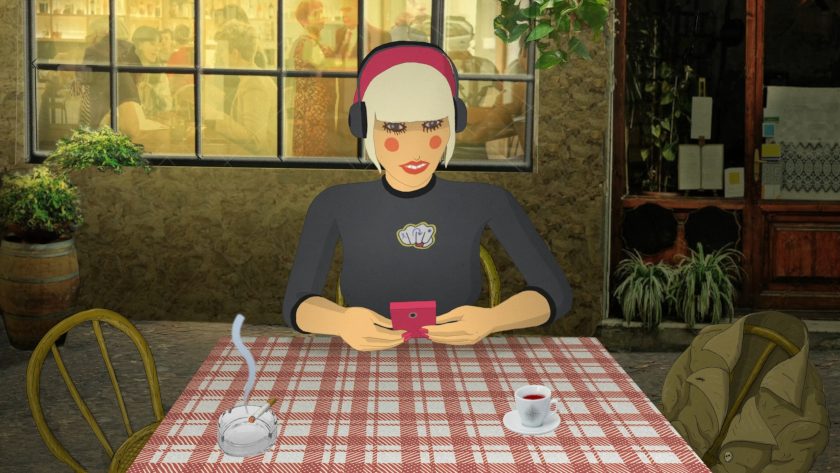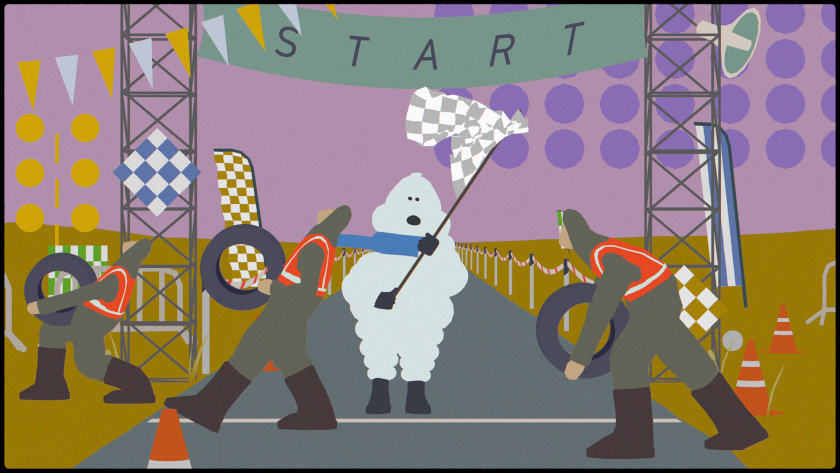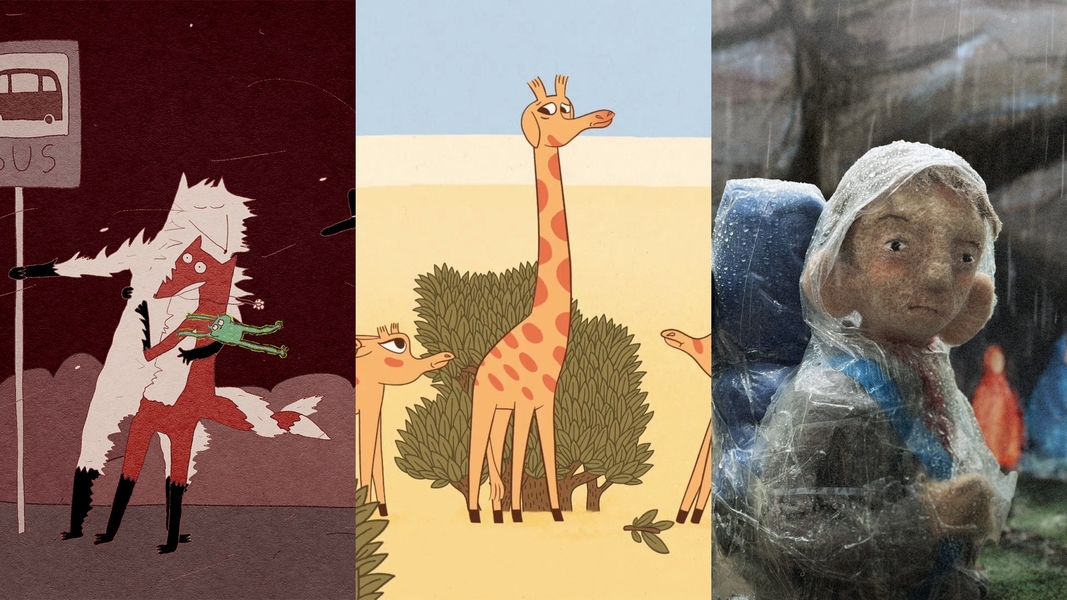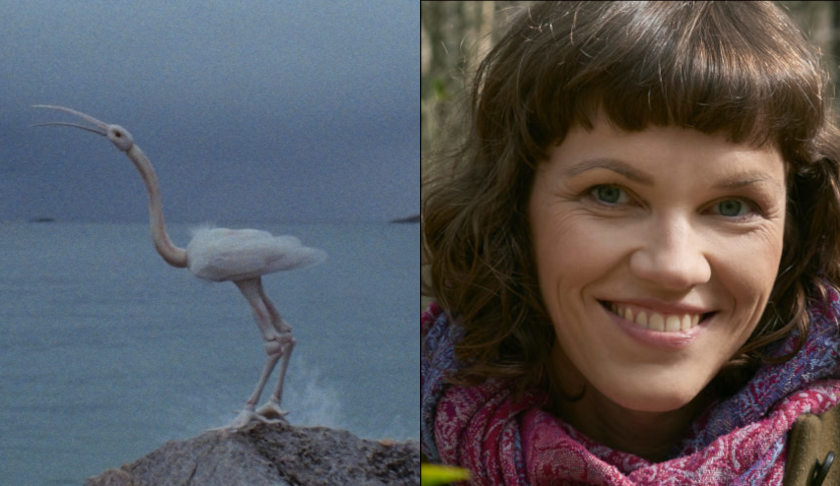Ülo Pikkov Gets Animation Doctorate With Anti-Animation
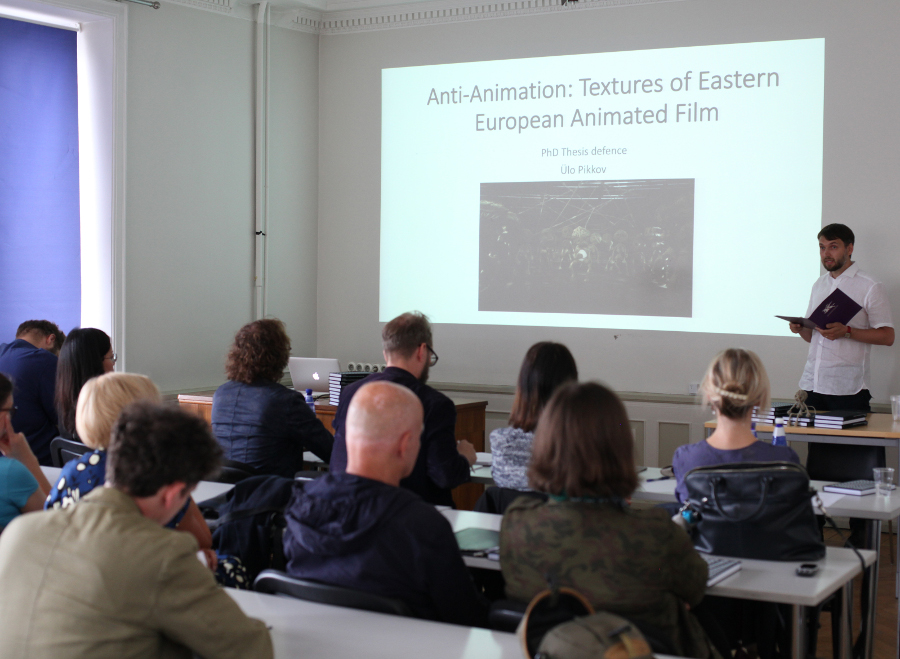
Animation studies welcomes a new Doctorate and Doctor. Acclaimed Estonian animator Ülo Pikkov (The Headless Horseman, Body Memory, Empty Space) presented and successfully defended his PhD thesis “Anti-Animation: Textures of Eastern European Animated Film” at the Estonian Academy of Arts (Curriculum of Art and Design, Monday, 18 June 2018).
Dr. Raivo Kelomees (Estonian Academy of Arts) was his supervisor, while pre-reviewers of the PhD thesis (in English) were animation director /Prof Dr Robert Sowa (Academy of Fine Arts in Krakow) and Dr Michal Bobrowski (Jagiellonian University).
With the deliberately provocative title "Anti-Animation", Pikkov seeks frames of protest within Eastern European animation tradtion (from WWII to 1989), mostly hidden under Aesopean fable strategies. He also identifies surrealist tendencies throughout the relevant countries.
Body Memory, the eloquent puppet story of deportation of Estonians to Soviet Union in the 1940s, was made as part his PhD thesis.
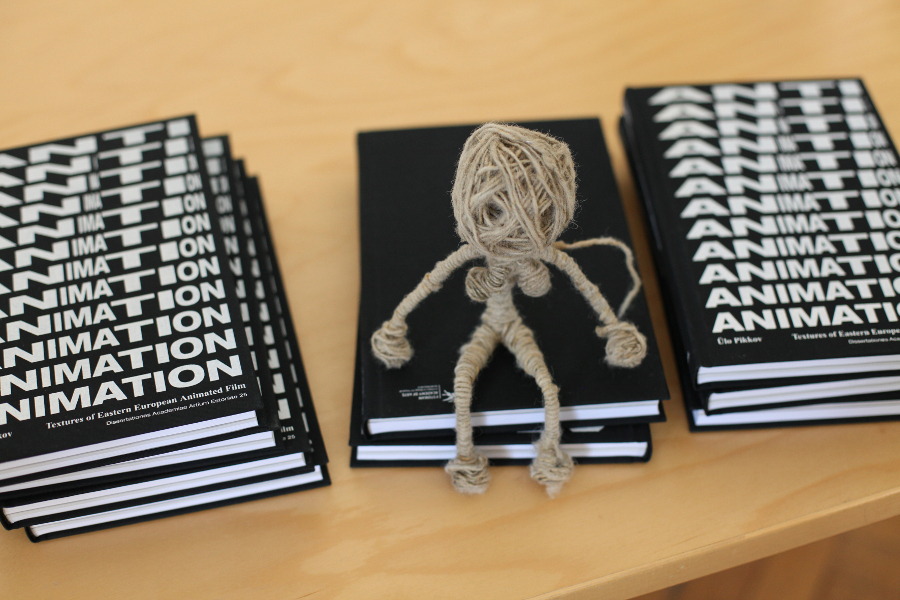
Pikkov is not new to the animation studies world. In 2011, his Animasophy: Theoretical Writings on Animated Film appeared to elucidate concepts and issues in animated territory.
Here's the official PhD synopsis of Anti-Animation: Textures of Eastern European Animated Film.
Even though the origins and early formation of animated film in Eastern and Western Europe shared certain similarities and common ground, the face of the post-World War II animated film in Eastern Europe was shaped by planned economy, centralised industrial structure, political censorship and a number of other factors that stood in stark contrast to the principles of free market economy. Eastern European animated film of the Soviet period can be defined as anti-animation, that is, animated films produced under political pressure and in contradiction to capitalist industrial logic.The tradition of animated film that emerged in Eastern Europe after the end of World War II was completely unique in terms of enjoying access to ample, state-assigned resources of production, while being subjugated to constant political surveillance. At times, ‘parallel universes’ appeared to exist in studios – directors were relatively unconstrained in their artistic pursuits, while script editors assigned to them had to take care that only the politically ‘correct’ results of their work would reach the audiences. The animated film of a totalitarian society reflects the pressures of totalitarianism.
In order to overcome these constraints, Eastern European animation artists often relied on metaphors, employing the so-called Aesopian language that provided means for criticising the authorities indirectly, via metaphorical elements. Decoding, searching for and producing of all kinds of interpretations and connections played a crucial role in Soviet animated film, as well as in Soviet culture in general.
The unique cultural milieu and complex history of Eastern Europe has shaped an unparalleled tradition of animated film, the study of which will offer us a better understanding of the region’s past and its people - Ph.D Summary
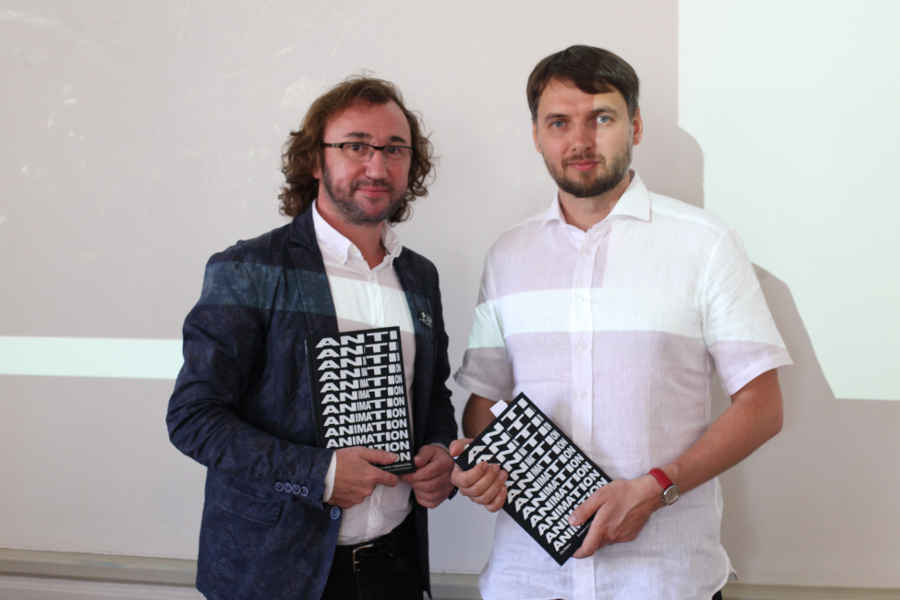 Robert Sowa, Ülo Pikkov
Robert Sowa, Ülo Pikkov
The PhD defence of Pikkov's “Anti-Animation: Textures of Eastern European Animated Film” (Anti-animatsioon, Ida-Euroopa animatsioonfilmi eripära) took place at The Estonian Academy of Arts (18th of June 2018, 11.00)




